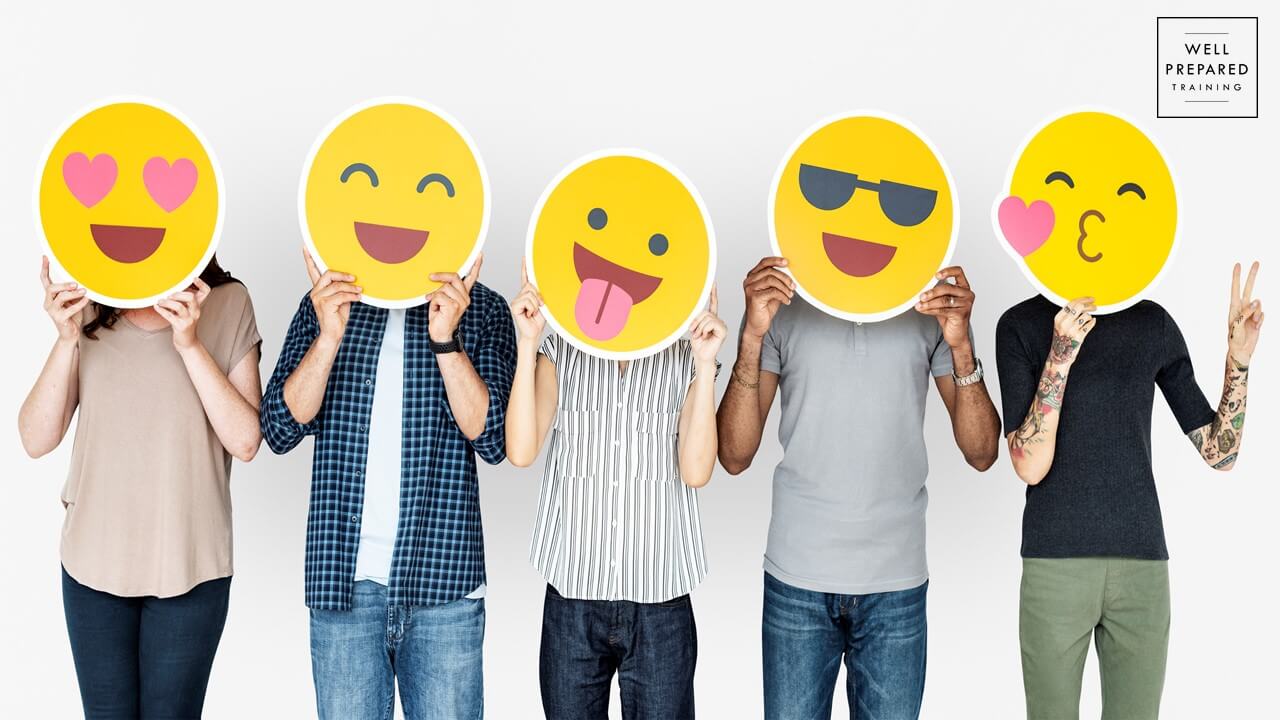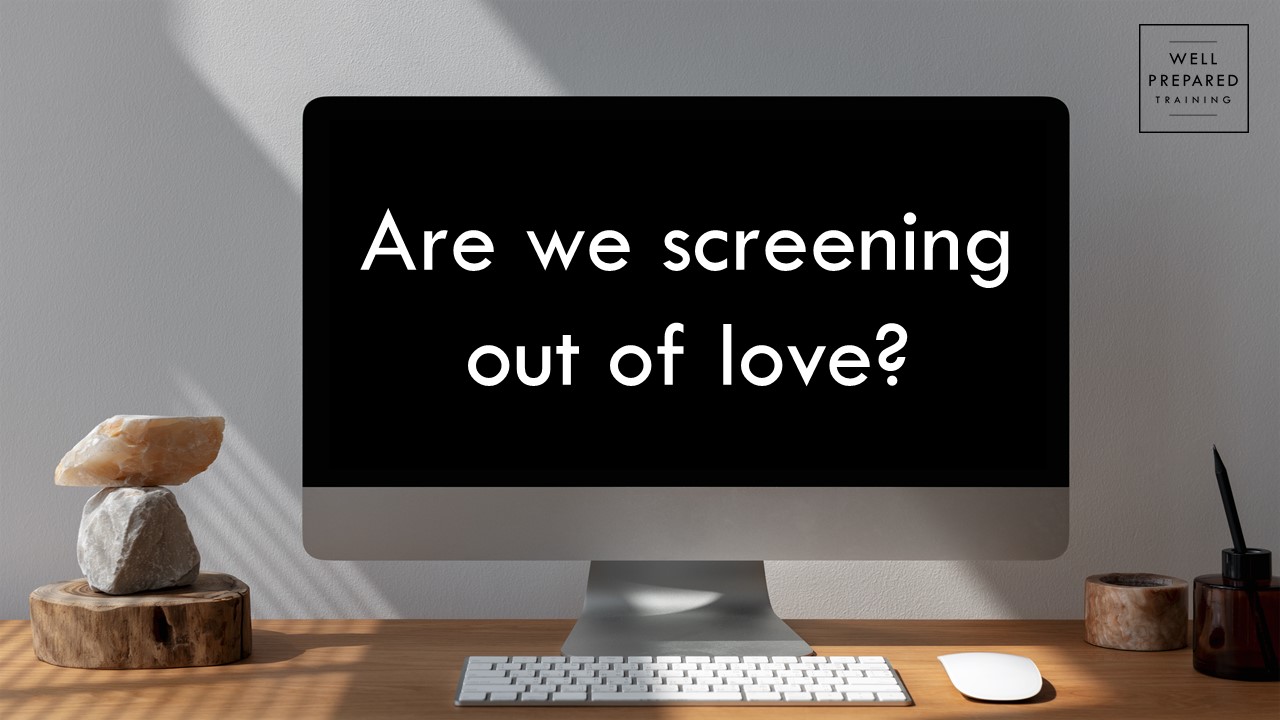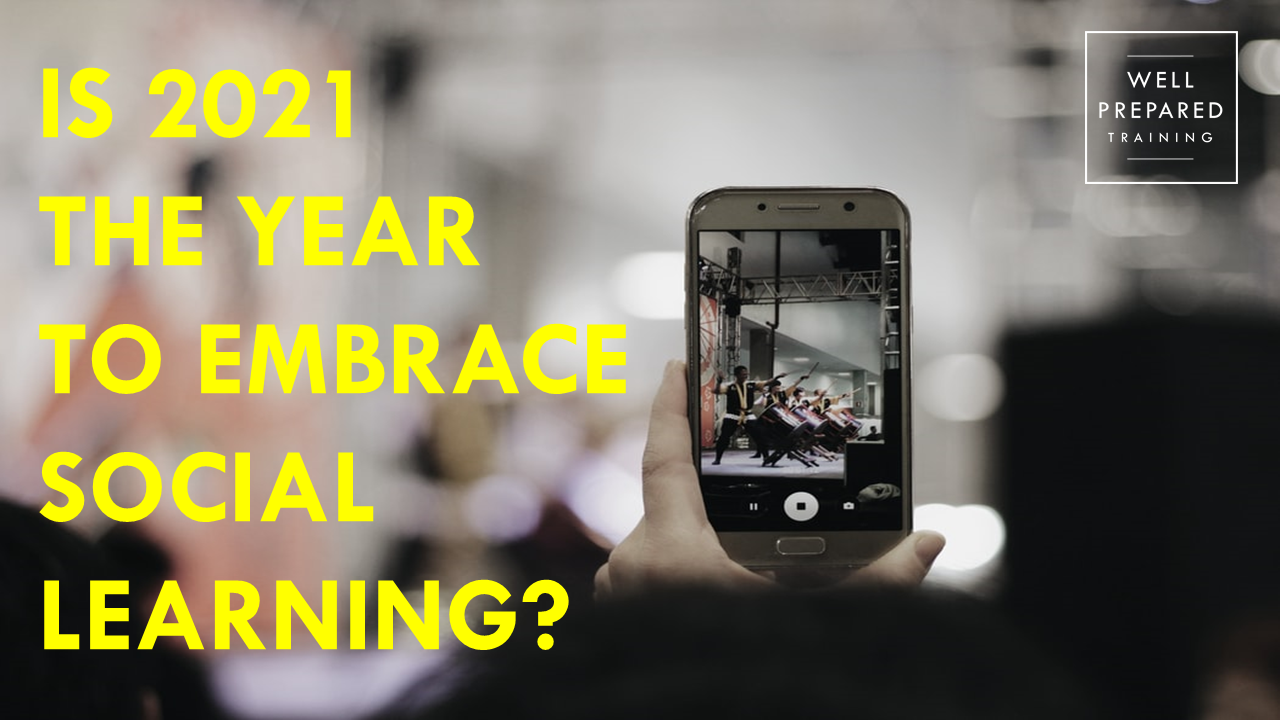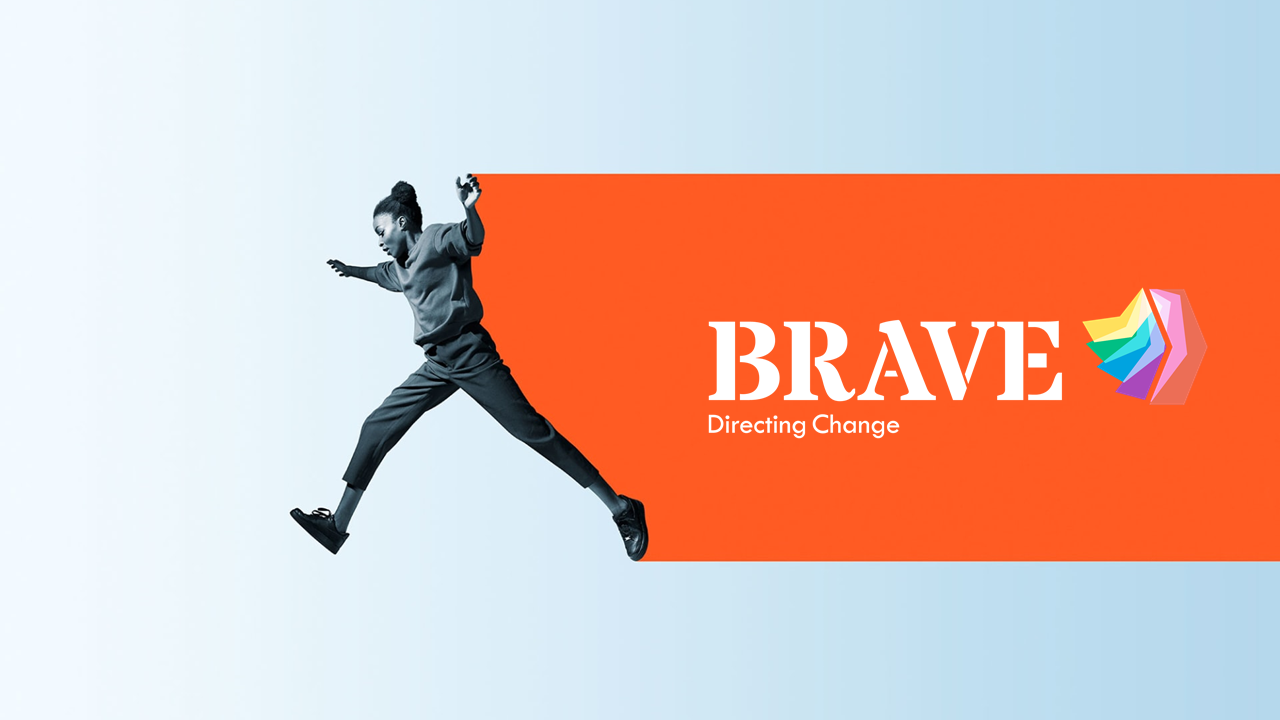We’re sure by now you’ve noticed the biggest shift in both where, and the way we work in human history. COVID19 has changed the landscape of work in a way no-one ever expected. The world of work has suddenly shifted, and flexibility will become one of the keywords of 2020.
For many organisations, this was simply no big deal, with the right technology, ethos, culture, and people that had already embraced home working it must have felt like just another day at the virtual office.
But, for millions of people, this was the biggest shift in flexible working they have ever experienced in an incredibly short period of time.
Businesses without the right technology suddenly couldn’t work, employees who were used to a set start & finish time, a familiar desk, drawers, and a favourite seat in the canteen had their world turned upside down. The answer? Work at home. Now. Done. Overnight millions of people relocated their work to the kitchen table, office, dining room and sofa.
After the initial pain that comes with rapid change it has undoubtedly shown them, their businesses, and the clients that yes, the rumours were true, we can actually work at home and still get the job done.
Right now, your people are working flexibly in a way you never imagined, and guess what? They’re getting used to it and that is going to be a very difficult thing to take back. The working at home flexibly genie is already out of the bottle.
What’s happening now, after over 100 days of experience is many of these employees are becoming aware of just how, where and when they can work in the most effective way, and for many, they now want to change their working lives to suit this.
This is leaving many organisations that didn’t have them, scrabbling to create or adapt policies, in order to build a more flexible working culture that’s now needed, plus meet the demands of the future employees they may need to hire as well.
You don’t need to come back to the office. Ever!
Organisations around the world will be reviewing their structures, office rents, equipment costs and some will have already made some snap decisions. Jack Dorsey, CEO of Twitter has already told thousands of people who are now working brilliantly at home each day – You don’t need to come back to the office. Ever!
So, are you starting to think about the future of flexible working for your people? If the answer is not yet, then this is something that needs your attention now.
It’s important to recognise that flexible working will only really be successful if it is available to everyone, allowing anyone to use and adopt a flexible working pattern within their organisation. Yes, there are certain roles that will always need to work in an office, we get that, but for millions of people, they can work perfectly well at home, and the jobs are getting done even though they’re juggling kids & homework, housework, cramped conditions, lockdown and unusual hours. Imagine how much more productive they can be as some of those factors start to become more normalised.
Moving from your traditional, 9-5 working pattern might seem like a huge, and uncertain step, but the benefits of embracing a flexible culture for both employees and for your business are huge. If you ever wanted to do a study or get some data on how this could work for your business, that time is now, you have a real life pandemic that’s providing you with everything you need to see how flexible working will suit you and your people.
A recent study completed by Timewise found that 87% of all full time employees either already work flexibly or have said that they want to and for those that are looking for flexibility in a new job the number jumps to 93%!
Most of the current workforce in 2020 is increasingly made up of multiple generations; from those in first jobs in a resurgence of apprenticeships, those who are career focused, some who may be edging into raising children right through to the baby boomers who are looking to ease into their retirement. The spread of employee experience has never been higher.
As a business, moving through these crazy times you can get a head start on the change that is, without doubt coming, by already starting to create a flexible working culture which will allow you to manage and successfully support different teams with different needs and still grow your business.
If you start doing this now, difficult as it may seem, your people will move with you, as they can see what’s coming too, and when you do this right it dramatically affects not just the welfare and overall happiness of your employees, but also, it has a direct impact on retention, performance and motivation – which all, in turn, affect the bottom line.
Your people are the heartbeat of any company, and by allowing them greater control over their work-life balance, you will create a culture of value, trust and respect.
We have moved ahead in the space of a couple of months, into a new era of working (that has been gradually building in the background) and for the foreseeable future flexible working will be the norm.
Right now, there is probably some kind of home-working office in every home, most people have multiple devices, most have unlimited minutes on mobile phones and super-fast fibre pulsing through their home. Right now, travel and accommodation costs are reduced, and you’ll be wondering why you dint do meetings via video call before? The environmental impact will be massive as the amount of travel by cars and planes will reduce significantly, and it’s all making businesses look back at what they had and say, “was that actually the best way to do things?”
Pretty soon, it is much more likely we will exist in a world where it doesn’t cross your minds about when, how, or even where to work. That future is closer than you think, for some of us, it’s already happening, and the sweet spot, most people are more productive!
With dramatic change like this, you need to help your people along the journey. Whether its change management, coaching, resilience, remote leadership, soft skills, management programmes or even webinar training at Well Prepared Training can help. Reach out to us today and see how we can help you make your business flexible working ready.
Get in touch today.









